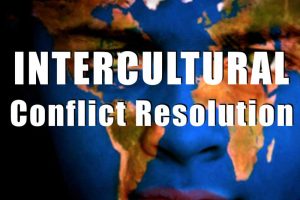Our Integral Approach
Integral Approach
A human being can experience any phenomenon from perspectives represented by at least these five elements. Such awareness helps orient existing theories, reconstruct old ones, and create new ones. Why do we have all these theories? Wilber asks. Because they work. The problem arises when we try to make one theory the only approach. That does not work because it is a partial approach. True, but partial. Wilber integral model is a kind of universal translator, an ambitious attempt to integrate all the languages into a single theory of everything.
The integral approach recognizes that the whole is greater than the sum of its parts. It is why we are missing something significant in our modern reductionistic practices.
Integral Theory – The Basis
AQAL model makes two basic distinctions: interior/exterior and individual/collective. This creates a matrix with four worldspaces or quadrants: the upper-left or interior-individual, the upper-right or exterior-individual, the lower-right or exterior-collective, and the lower-left or interior-collective.
Here we see Wilber’s representation of the four quadrants, with the characteristics of intentional (individual subjective), neurological (individual objective), cultural (collective intersubjective) and social or socio-economic (collective interobjective).
According to this model each occasion or event always manifests simultaneously in all 4 quadrants. Therefore, an event that is seen in one quadrant always has correlates in the other three. By way of example, one can crudely categorize the perspectives taken on people and their behavior in different schools of thought:
-
Individual interior accounts (upper-left quadrant) include Freudianpsychoanalysis, which interprets people’s interior experiences and focuses on “I”
-
Interior plural accounts (lower-left) include Gadamer‘s philosophical hermeneutics which seeks to interpret the collective consciousness of a society, or plurality of people and focuses on “We”
-
Exterior individual accounts (upper-right) include B.F.Skinner‘s behaviorism, which limits itself to the observation of the behavior of organisms and treats the internal experience, decision making or volition of the subject as a black box, and which with the fourth perspective emphasizes the subject as a specimen to examine, or “It”.
-
Exterior plural accounts (lower-right) include system theory which focuses upon the behavior of a society (i.e. a plurality of people) as functional entities seen from outside.
These four perspectives, embedded in virtually all languages, appear to represent four major dimensions of being-in-the-world. To collapse them all together or dismiss one of these perspectives is often a serious mistake.
Interested in Integral Theory?
Here you can find more posts about the Integral Theory, Integral Approach and its applicaiton in Trainings and many other fields.







